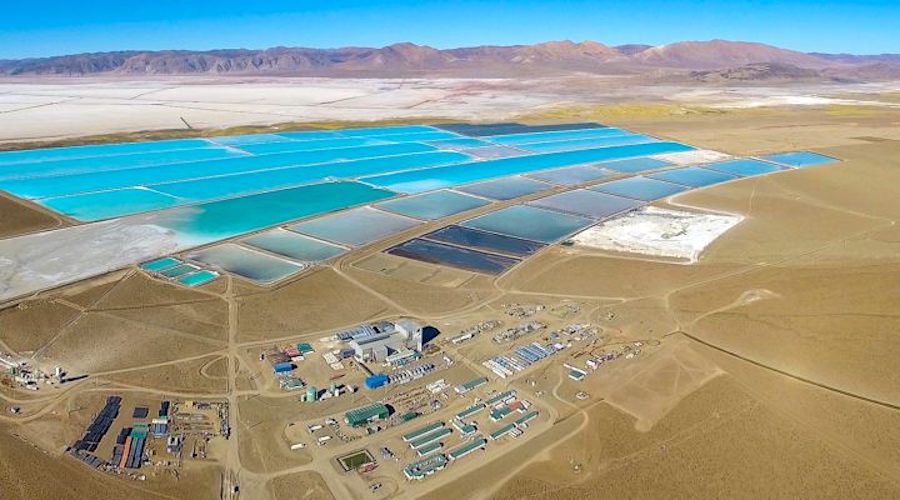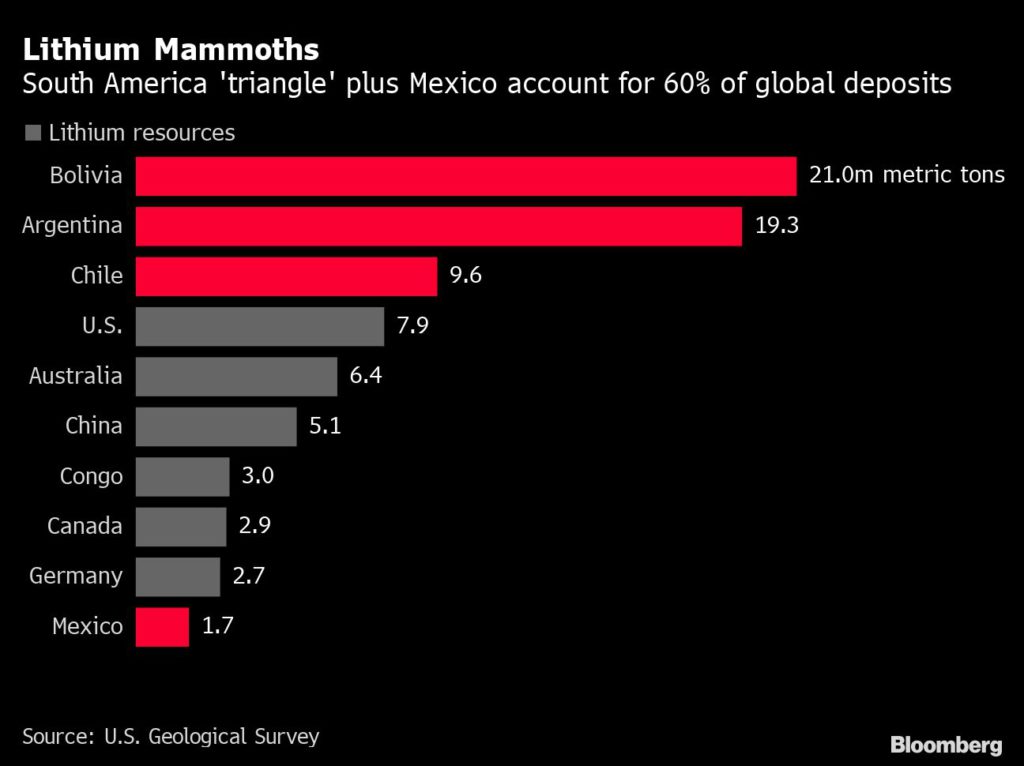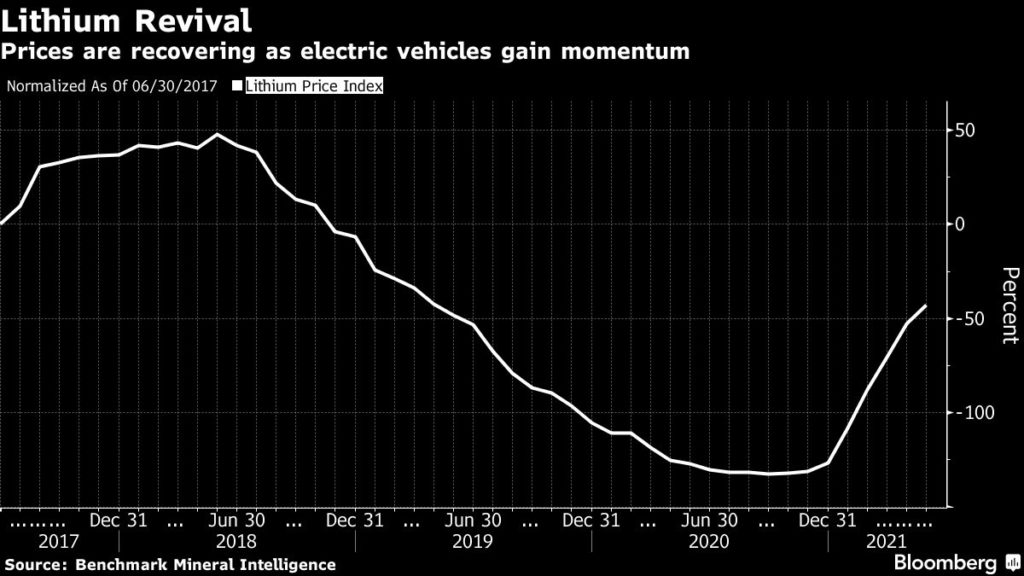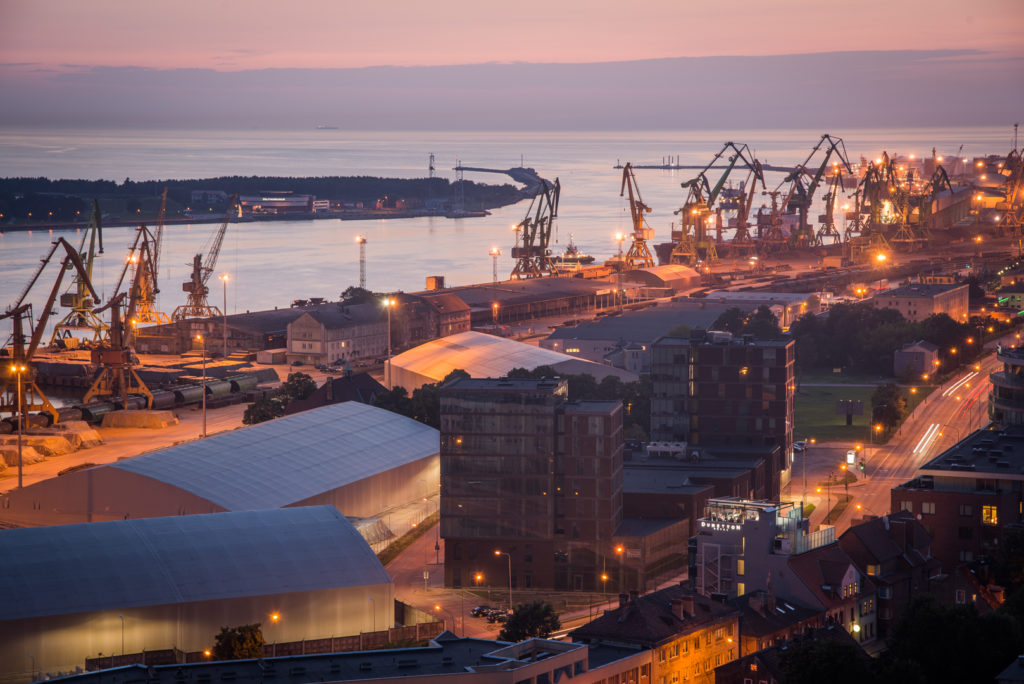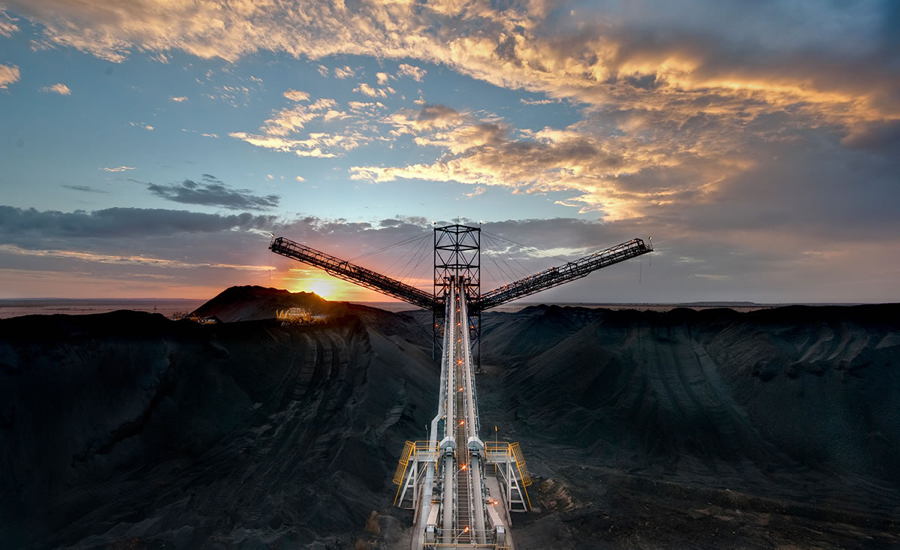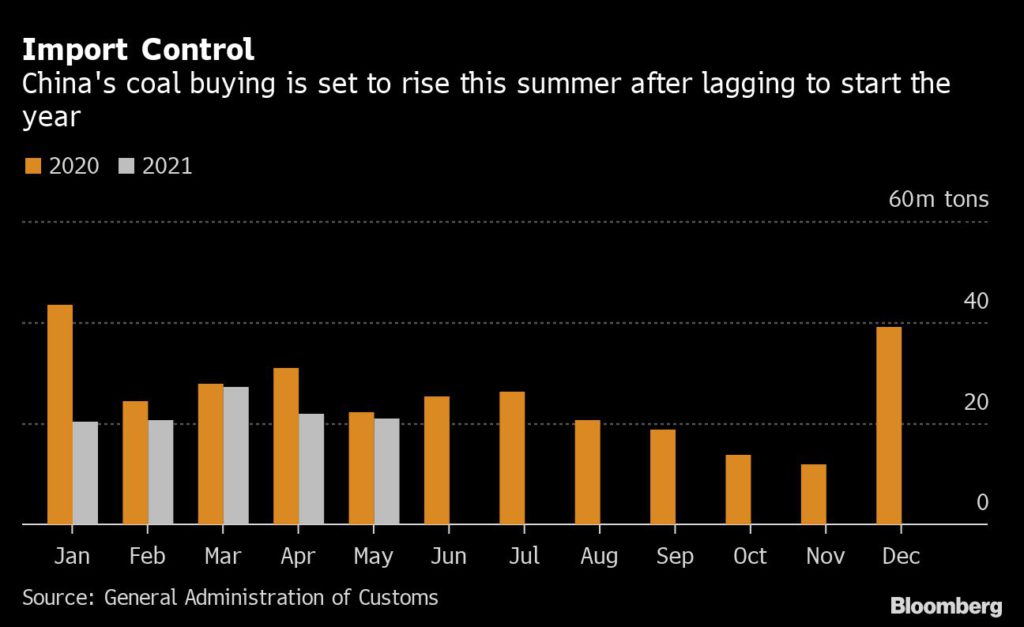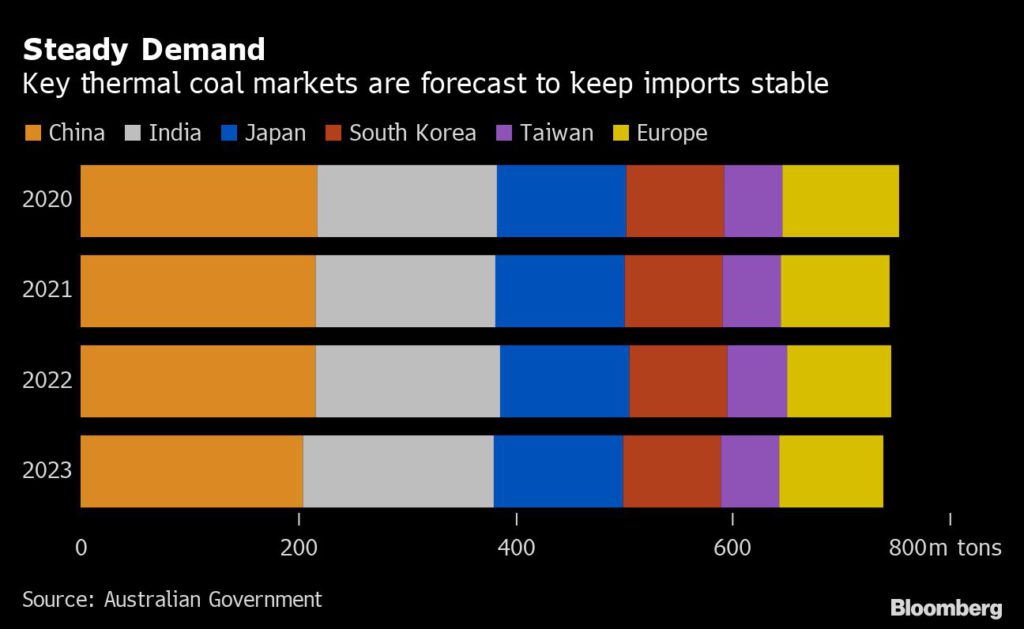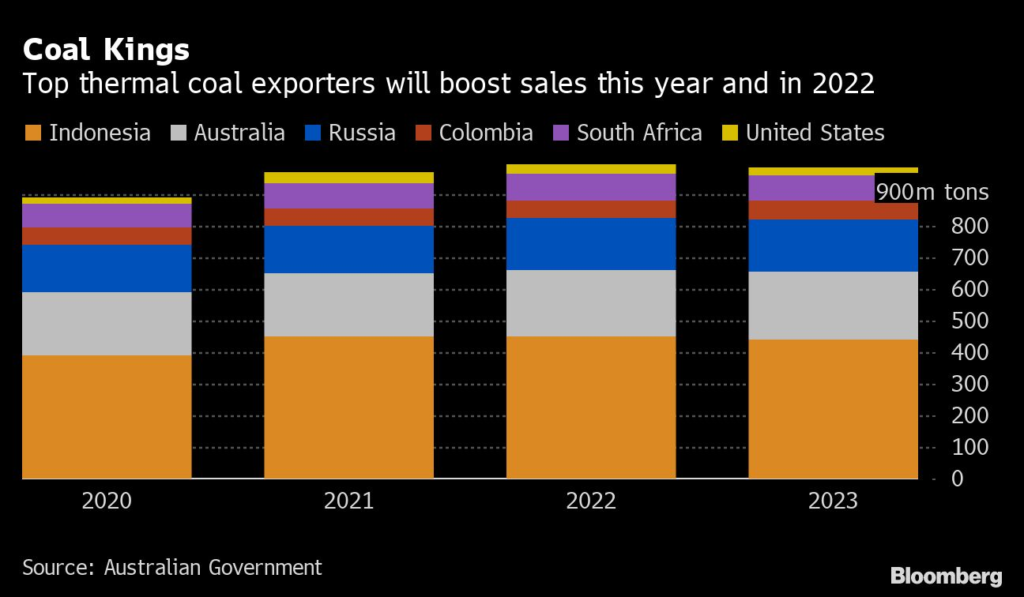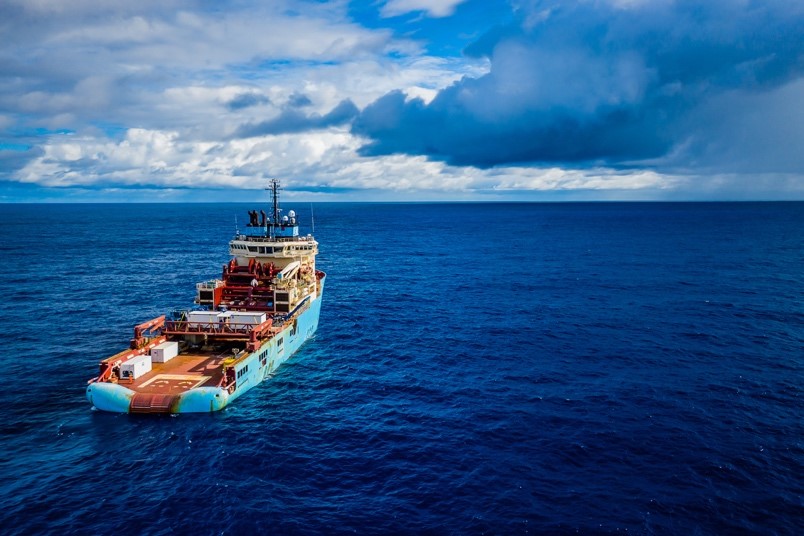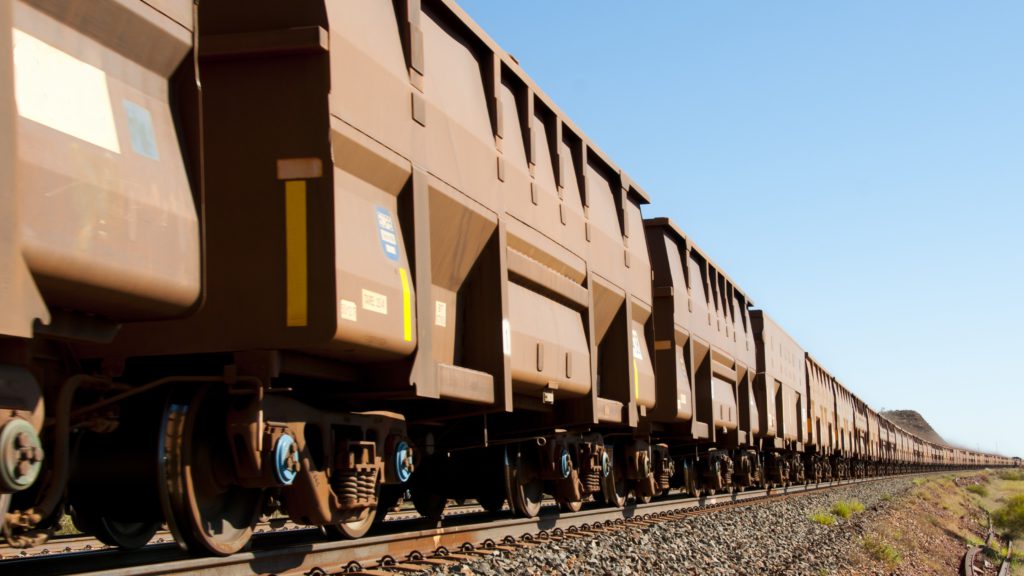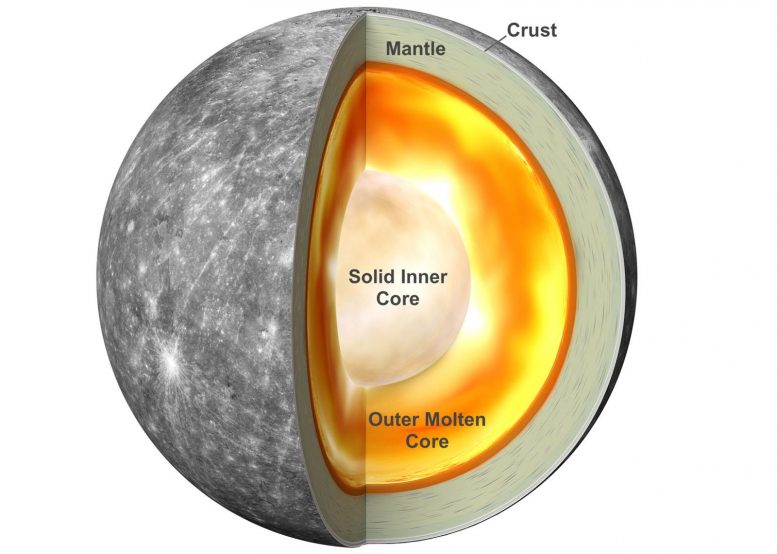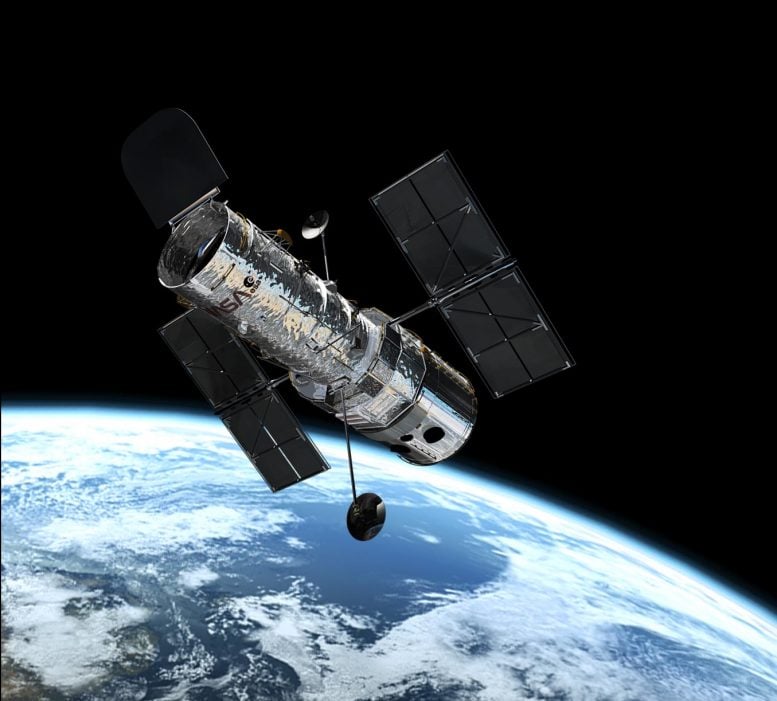MINING.COM Staff Writer | June 29, 2021
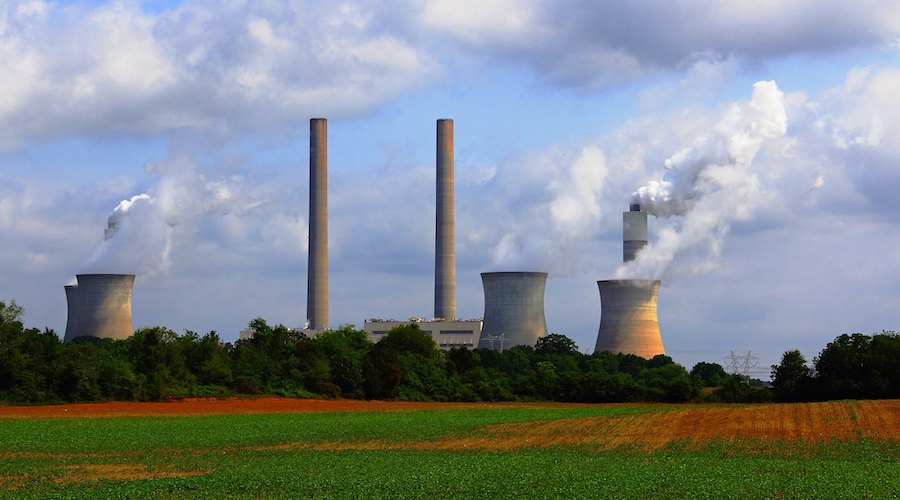
Coal-fired power plant. (Reference image by Greg Williams, Flickr).
A recent analysis by IDTechEx presents the case for turning old fossil-fueled power stations, hydro dams and pumped storage on waterways that are drying up into clean energy storage facilities.

The proposal is presented taking into consideration the fact that as renewables grow, so does intermittency. This means that more energy storage — or delayed electricity — is going to be needed.
“Cost reduction of solar generation is the fastest and its increasing share means two problems – dead at night, feeble in winter. Wind power can be dead for weeks in some regions and that only adds to the problem. Lithium-ion batteries currently favoured for stationary storage self-leak over weeks let alone seasons and they are not the easiest to scale to GW levels or improve to 20-year life, easy recycling or even best safety,” Raghu Das, IDTechEx’s CEO, writes in the report.
SIEMENS GAMESA PROPOSES THAT ITS THERMAL ENERGY STORAGE USING VOLCANIC ROCKS CAN BE USED IN REPURPOSED POWER STATIONS, EMPLOYING THE BUILDINGS, THE STEAM TURBINE SYSTEMS AND THE POWER TRANSMISSION
Das points out the example of Spanish-German wind engineering firm Siemens Gamesa, whose management team has said that its thermal energy storage using volcanic rocks is best at GW levels and capable of storage for weeks. The company is proposing that it can be used in repurposed polluting power stations, employing the buildings, the steam turbine systems and the power transmission.
“At IDTechEx we also see large redox batteries used in such buildings with the existing power transmission,” Das writes. “Indeed, gravity storage that erects towers may be ugly in a city but acceptable at existing power stations or up the side of a hydro dam. Liquid-air storage can also go nicely into an obsolete power station. Additionally, the power station buildings and land can be covered in solar panels. Full write-offs are avoided. Permissions are more readily granted than is the case for new industrial sites.”
In the executive’s view, redox flow batteries (RFB) will produce a better-levelized cost of storage (LCOS) than lithium-ion in some of the new demand scenarios because they require fewer expensive materials, have a longer life, are repairable, and do not fade over the years.
“For stationary energy storage, RFB may have the second-largest sales in 2031 after lithium-ion batteries. The world is running short of pumped storage sites and their approval and erection are pitifully long. Lithium-ion batteries suffer ongoing shortages of raw materials and, like pumped storage, their environmental credentials are increasingly questioned. Lift-off in solar-house batteries and electric vehicles will aggravate lithium-ion shortages,” Das predicts.
Within this context, the analyst sees another solution in gravity storage, which works by using excess energy from the grid to raise a mass to generate gravitational potential energy, which is then dropped to convert potential energy into electricity through an electric generator.
Das believes that gravity storage solutions could even employ on-site the trashed smokestacks and cooling towers of obsolete power stations.
